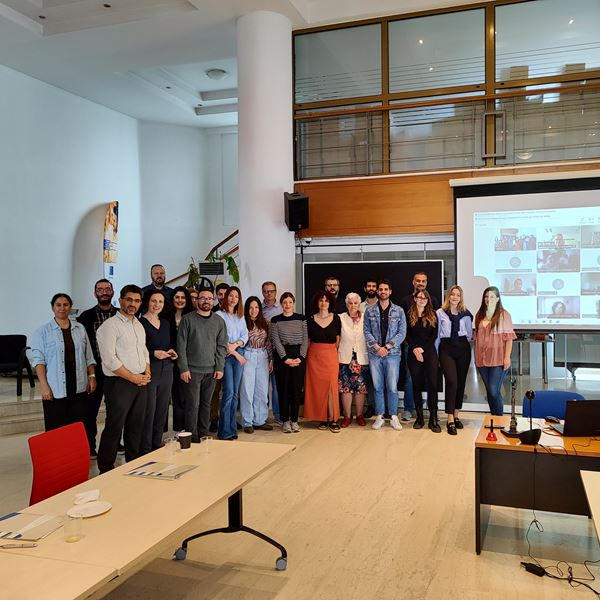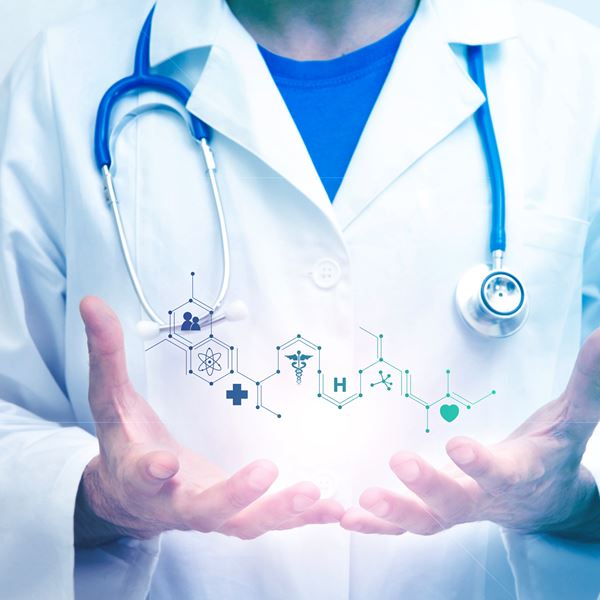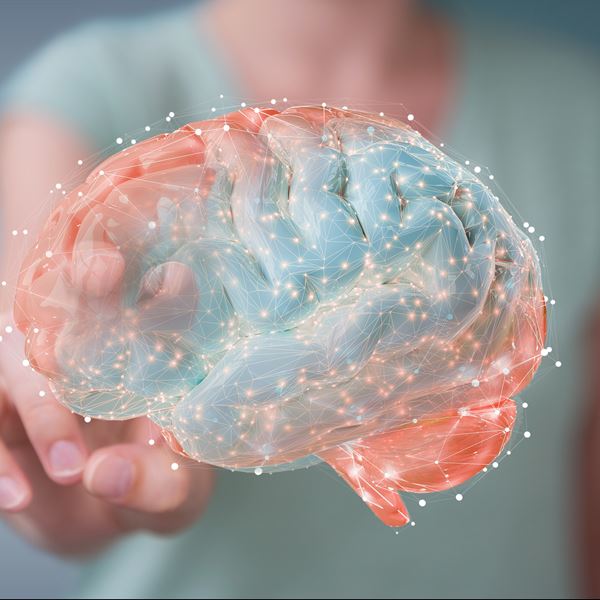Biomedical Technology

Graphene for healthcare applications
As the demand for healthcare services continues to increase, so does the demand for novel healthcare solutions. These solutions should be more effective, cost less, prevent and cure disease, and should be equally effective throughout the world. Graphene is paving the way for novel diagnosis and treatments, thanks to its unique properties, such as high surface area, electron mobility, and functionalisation potential; all favourable for biomedical technologies.
For instance, the surface area of graphene makes an excellent platform for drug delivery and the conductivity makes for effective biosensors. The ability of graphene to be made into scaffolds whilst maintaining the inherent conductivity can be put to use in tissue engineering. New research has shown that graphene can be incorporated with a polymer to make very sensitive electromechanical sensors, and that it can be used to make improved deep brain implants.
The most advanced and promising areas in the biomedical field are currently those where graphene is used in a device configuration. For example, in Point-of-Care or In Vitro diagnostics, graphene can be used as a sensor and be duly functionalized to tune its sensing capabilities. Graphene-based neural interfaces have also demonstrated the possibility to not only detect wavelengths in the brain that cannot be detected with current metal-based technologies, but also to stimulate the tissue, opening up possibilities for new therapies.
Cinzia Spinato, Business Developer for biomedical applications for the Graphene Flagship
Graphene Biomedical Products
From graphene-based retinal implants to robotic prosthetic hands controlled by wearable sensors made by cellulose and graphene composites. Graphene Flagship researchers are using graphene to expand the realm of possibility within the biomedical sector.
The latest on Biomedical Technology

Jack Maughan’s Work at the Edge of Graphene and Neuroscience

Enabling EU-funded project collaboration for brain health R&I
Enabling EU-funded project collaboration for brain health R&I

2D Materials Innovation for Biomedical Applications
RIA PULSE: 4 HORIZON EUROPE PROJECTS IN ACTION

2D BioPAD 4th Consortium Meeting
PRESS RELEASE - Strong collaboration among clinical, academic and industrial partners brings Europe a step closer to cost-effective point-of-care diagnostics for Alzheimer’s Disease.

Exploring the hidden world of 2D materials with Timofey Savilov
Winner of the Graphene Week Impact Leaders Award 2024, Timofey Savilov began his journey at a research institute in Singapore founded by Nobel Laureate Konstantin Novoselov, seeking hands-on experience beyond his computational background. Now a PhD researcher, he explores the curious behavior of magnetic nanodrums and the unexpected phenomena they reveal.

Graphene Flagship spin-off INBRAIN Raises $50 Million for Brain Device
INBRAIN Neuroelectronics SL, has raised $50 million to develop its graphene-based neural technologies.

